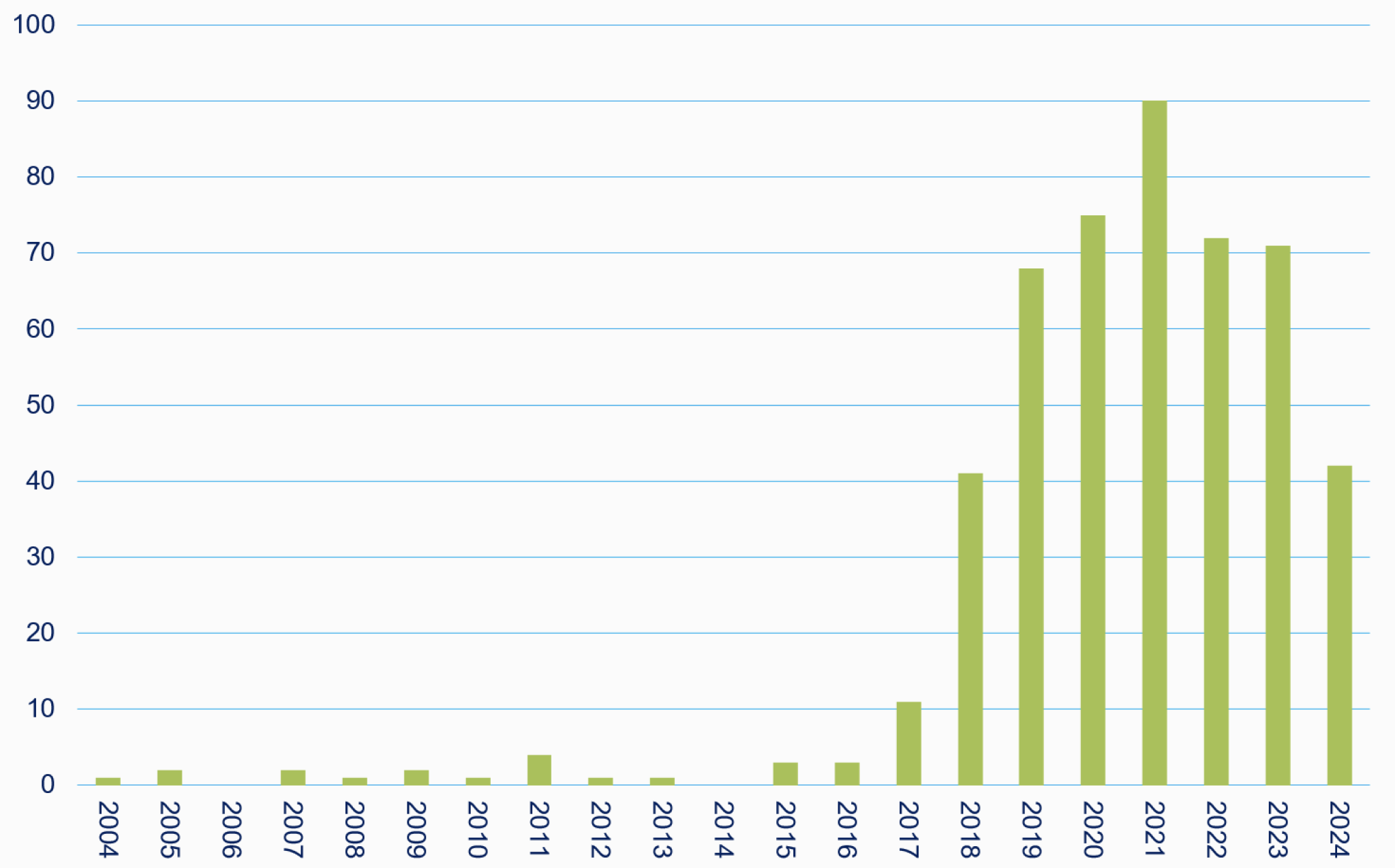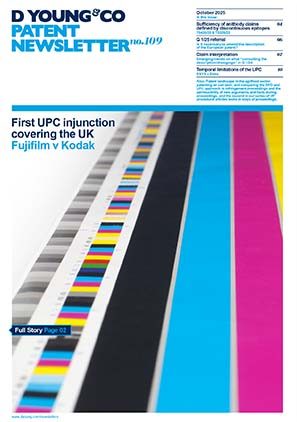Tackling microplastics pollution through innovation
Plastics have revolutionised essentially every aspect of modern life. However, the ubiquitous use of plastics poses challenges for sustainability and our environment. While the reliance on fossil fuels for the manufacture of plastics has been an ongoing concern for many years, the problem of microplastics pollution has only been recognised much more recently.
What are microplastics and why should we be concerned about them?
Microplastics are defined by the European Chemicals Agency (ECHA) as being small pieces of plastic, typically smaller than 5mm. Microplastics are generally composed of mixtures of polymers and functional additives (for example, plasticisers), and may also comprise residual impurities.
The concern around microplastics stems from the material properties of plastics that makes them desirable for use in the first place, that is, they are organic, insoluble, and resist degradation. Once in the environment microplastics persist for a very long period of time.
Many microplastics are formed incidentally, for example through wear and tear of larger articles made of plastics such as car tyres. A major source of microplastics (microfibers) is laundry, where washing machines produce synthetic microfibers that are discharged into waste water systems. However, microplastics are also often intentionally included in products. For instance, plastic microbeads have frequently been included in cosmetic products such as exfoliants, and the granular infill used on artificial sport surfaces is stated by the ECHA to be the largest source of intentional microplastics in the environment.
Microplastics pollution
Due to their small particle size microplastics generally escape water treatment and filtration processes and have been found in drinking water. Moreover, microplastics have been found to accumulate in animals, including fish and shellfish, and thereby end up in food for human consumption. Responding to concerns for the environment and human health, governments and regulatory authorities have begun to restrict the intentional use of microplastics and products that are major sources of microplastics. For instance, the Microbead-Free Waters Act of 2015 in the USA banned the use of plastic microbeads in cosmetics and personal care products. Similarly, the European Commission has introduced various restrictions on the use of intentionally added microplastics.
Solutions and innovations
In this light, it is clear that there is significant space for innovation to ameliorate the problem of microplastics pollution. On the one hand, new technologies for removing microplastics already in the environment, such as systems for collecting or filtering microplastics particles from water. Similarly, interceptor systems have been developed that float on the surface of oceans and rivers to collect plastic debris. Intriguing biological solutions include the use of mussels, which can ingest and excrete microplastics in the form of pellets that can then be readily collected. Similarly, there is interest in using microbes to biodegrade plastics.
There is also space for innovation in preventing the release and/or formation of microplastics. For example, accessories for washing machines that prevent the release of microfibers into waste systems. Improved textiles with improved mechanical integrity that are less prone to shed microfibers might also be possible. To this end, there is also space for innovative materials that can replace the use of intentional microplastics such as bio-derived materials that can be used to form microbeads for use in, for example, cosmetic products.
The number of patent application filings in a particular technology area can be a useful indicator of innovation and investment. Interestingly, a search for “microplastic(s)” in the abstracts of patent applications published in the last twenty years reveals a relatively low volume of filings prior to 2017, with a dramatic increase after that time, peaking around 2021 (see the graphic shown below).

Of course, this is only a rough measure and the increase seen may in part be due to the adoption of the particular “microplastics” terminology. Nonetheless, in view of increasing concerns and regulatory restrictions, it is clear that further investment and innovation will be required to develop new products and technologies to avoid microplastics pollution.

